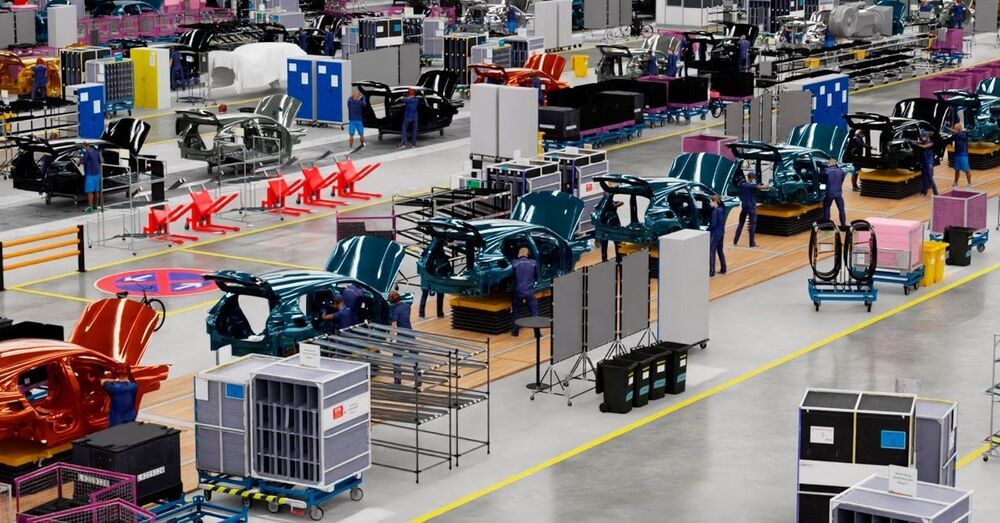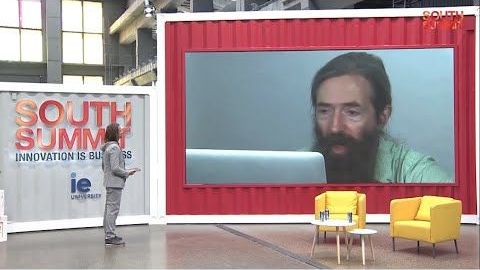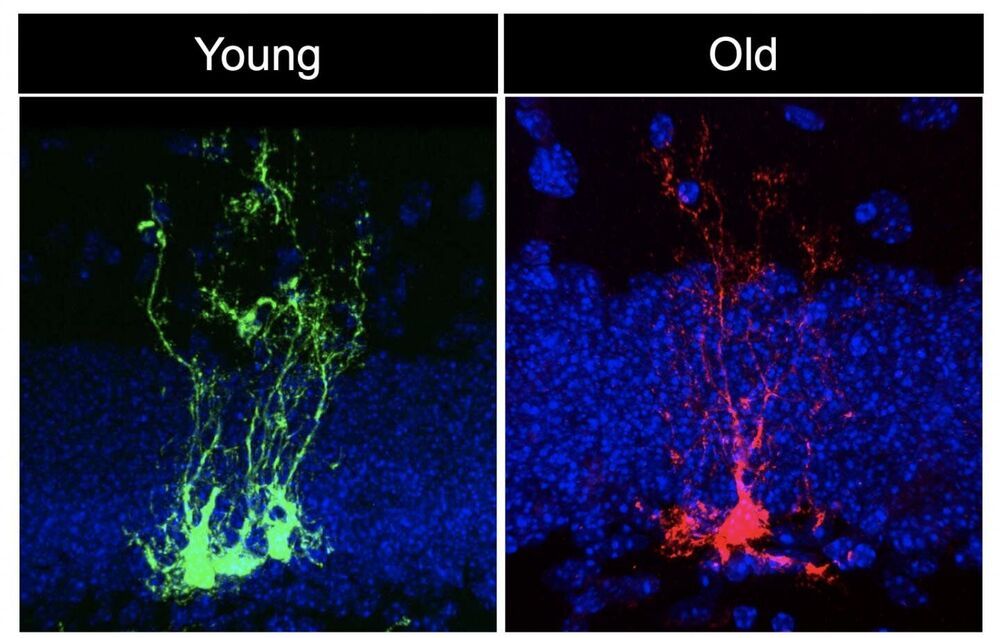3 Key Cybersecurity Trends To Know For 2021 (and on…)
Other mitigation efforts can be done by employing new technologies that monitor, alert, and analyze activities in the network. Emerging technologies such as artificial intelligence and machine learning tools can help provide visibility and predictive analytics. It is also good to have diversification and multiple sourcing for suppliers in the event of a breach. Preparation and redundancy are advantageous in crisis scenarios. But like most issues in cybersecurity, it comes down to people, vigilant processes, and technologies coupled with risk factors constantly being reviewed.
Of course, there are many other compelling trends and threats to the cybersecurity ecosystem. More to cover in future articles. I have highlighted the more immediate trends of the expanding cyber-attack surface remote work, IoT supply chain, ransomware as a cyber weapon of choice and threats to critical infrastructure via ICS, OT/IT cyber-threat convergence. The most important tasks based on analyzing trends is to be have a mitigation strategy, be vigilant, try to fill gaps, and learn from lessons of the recent cyber-breaches.









